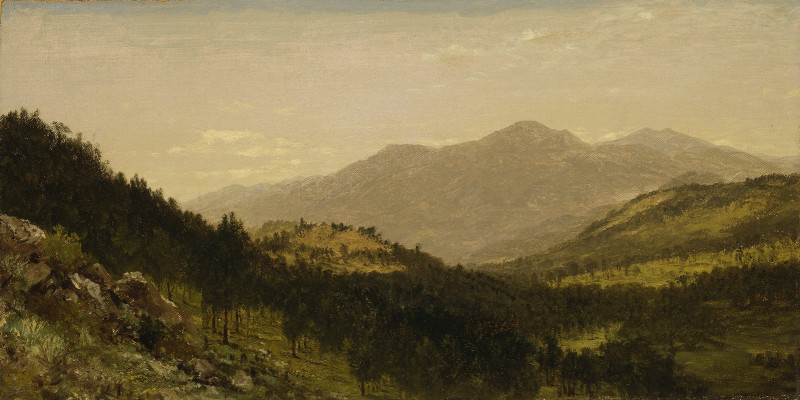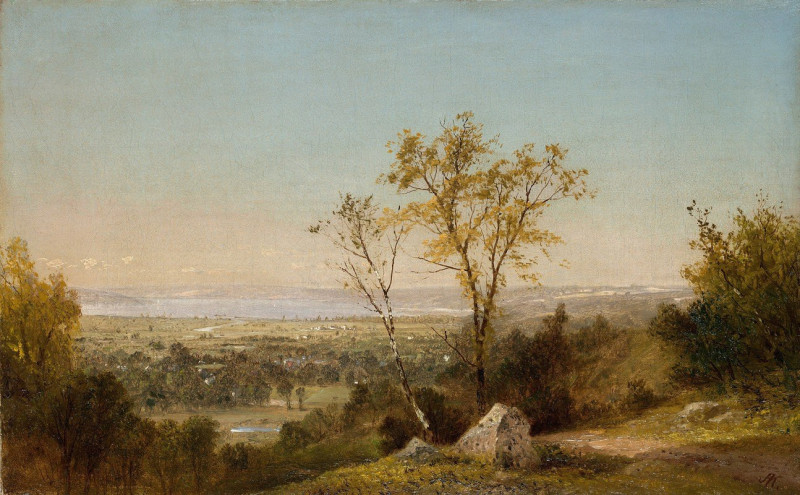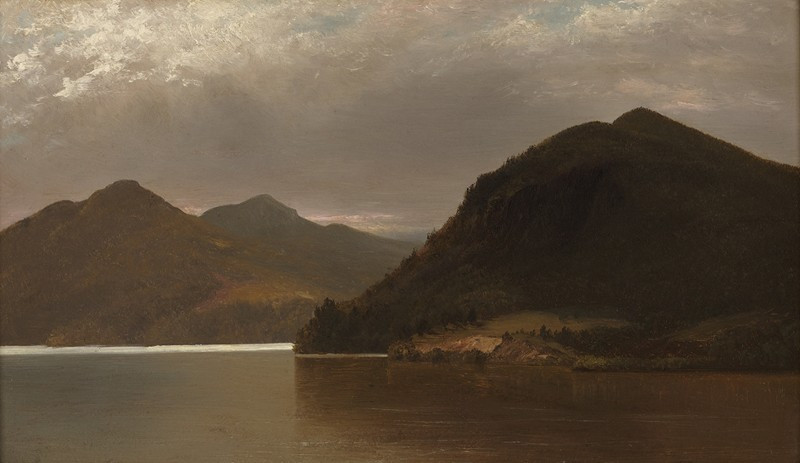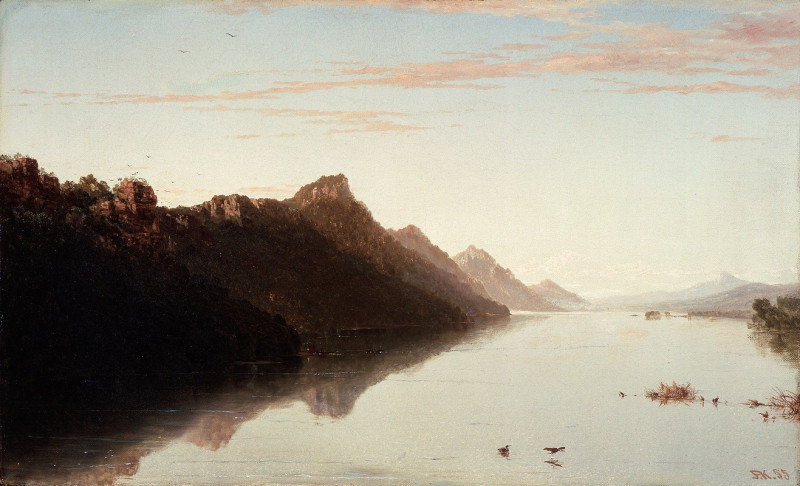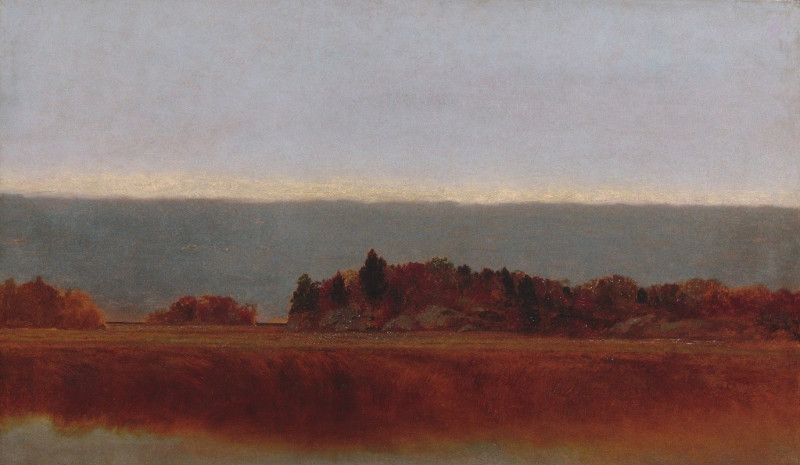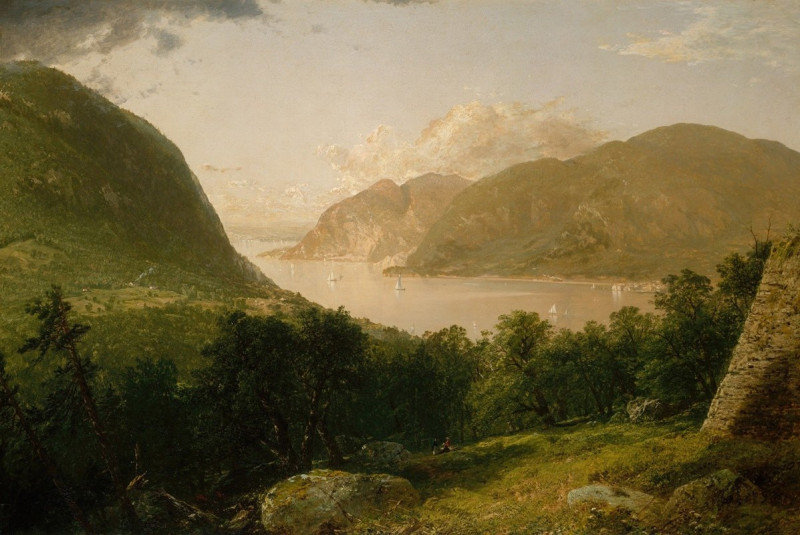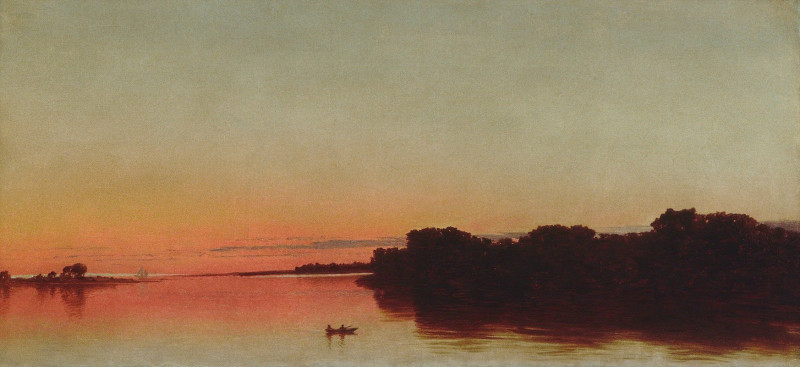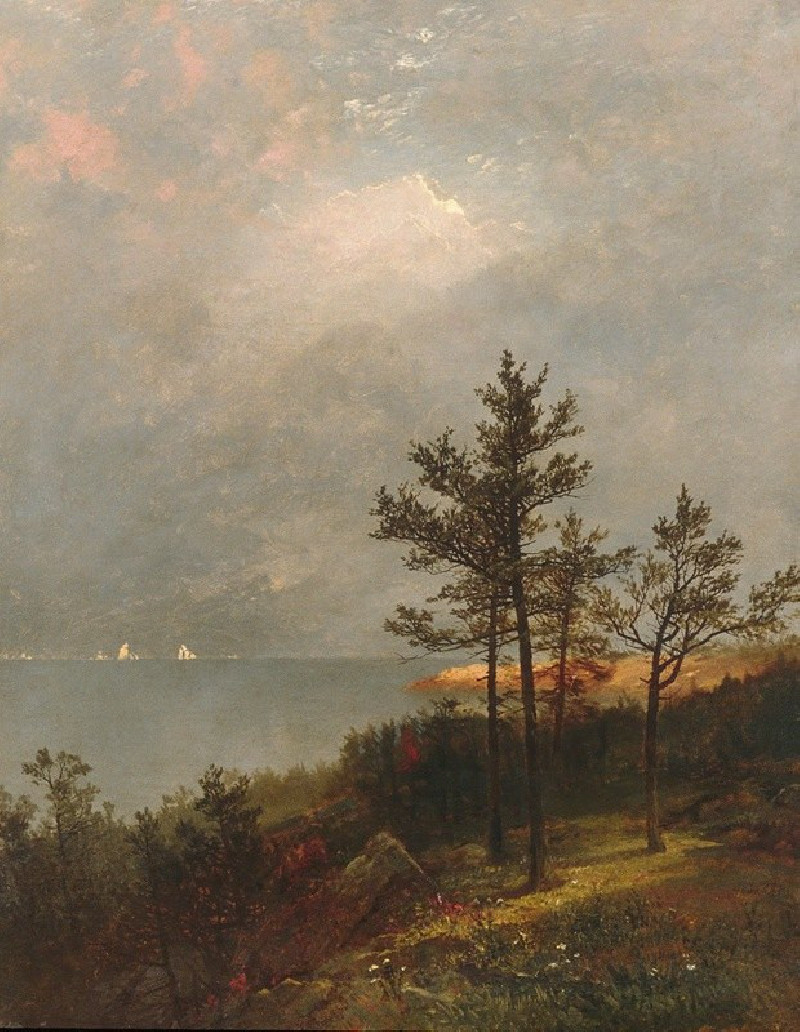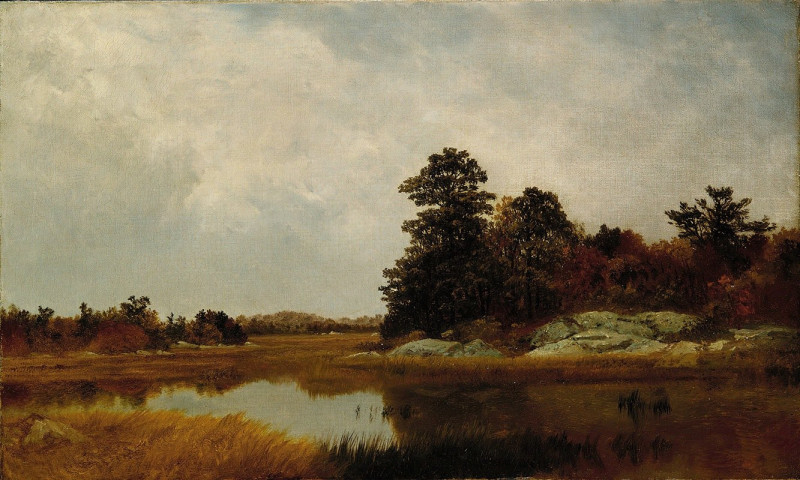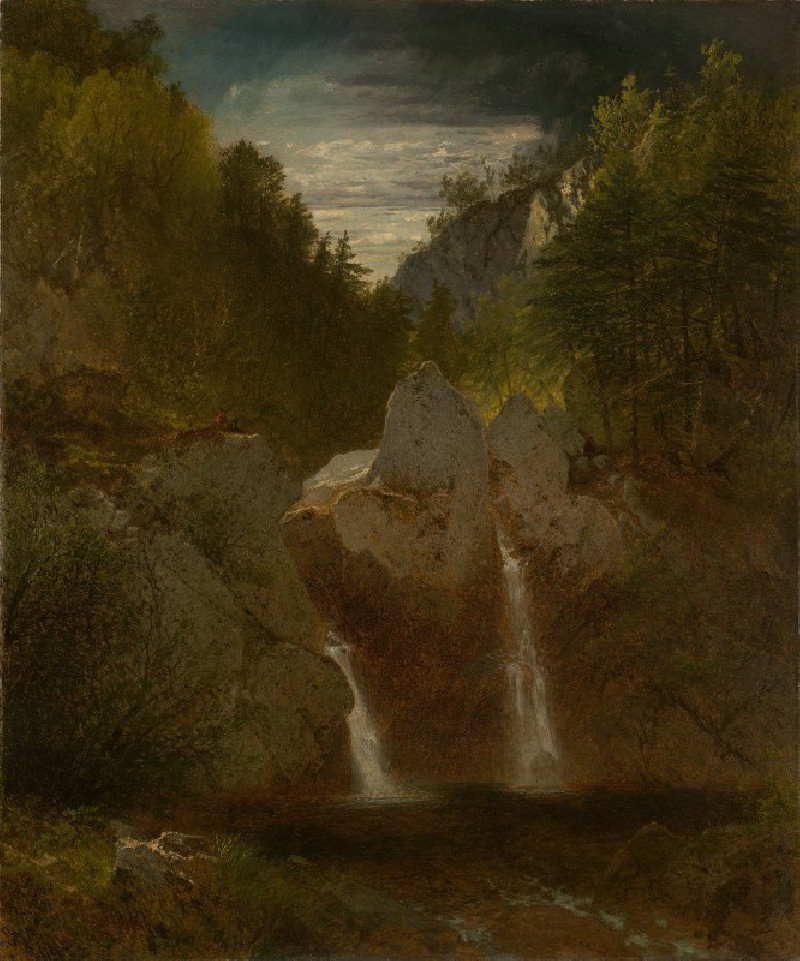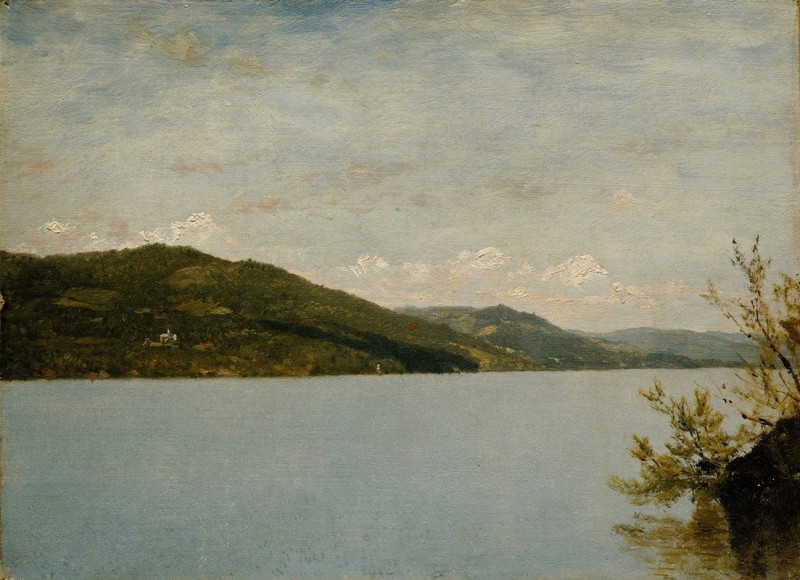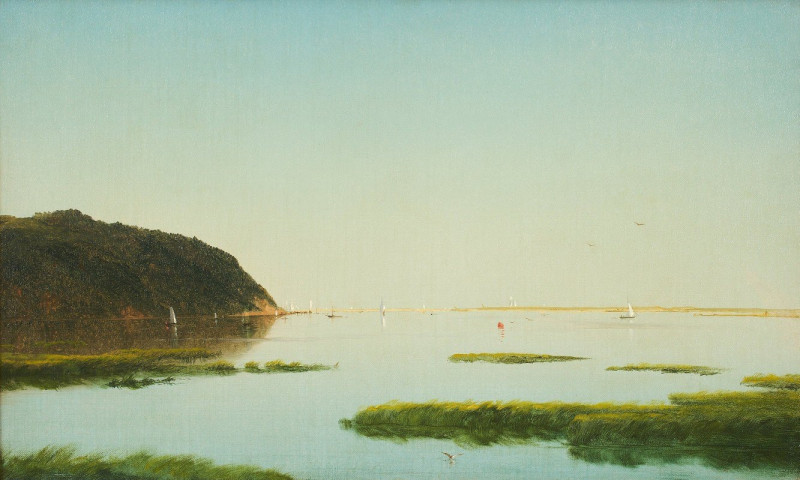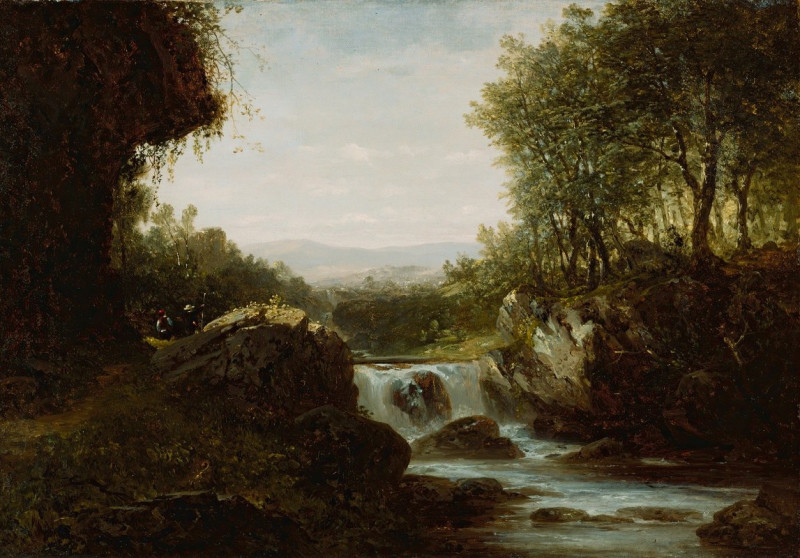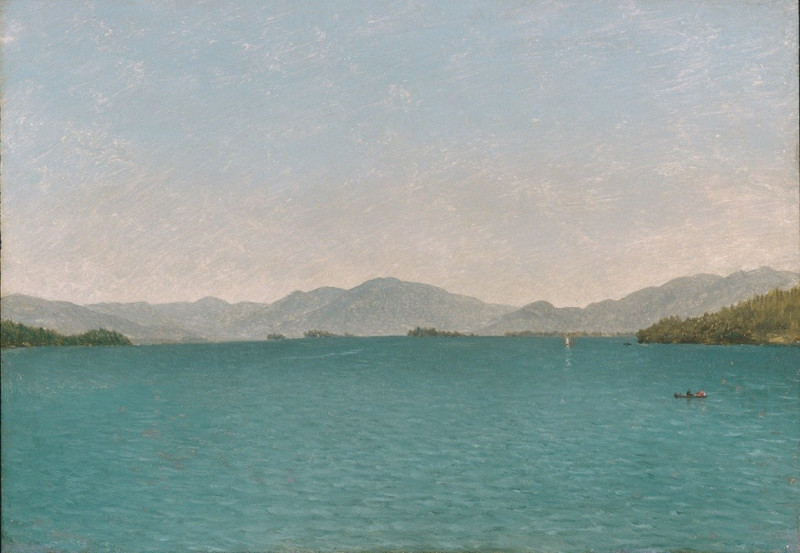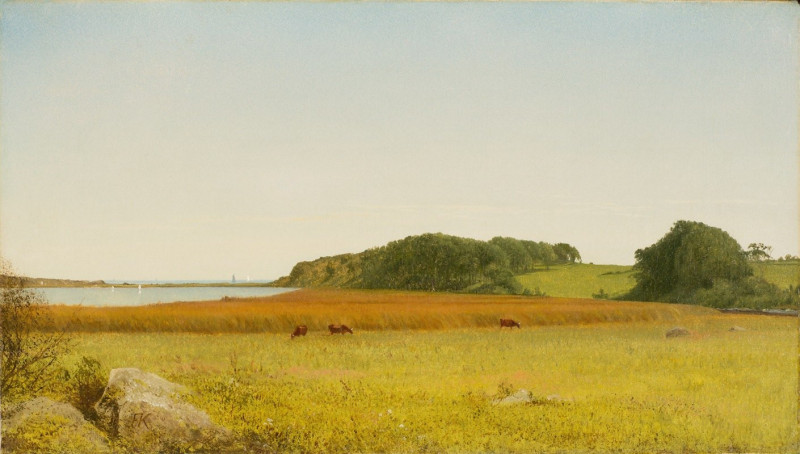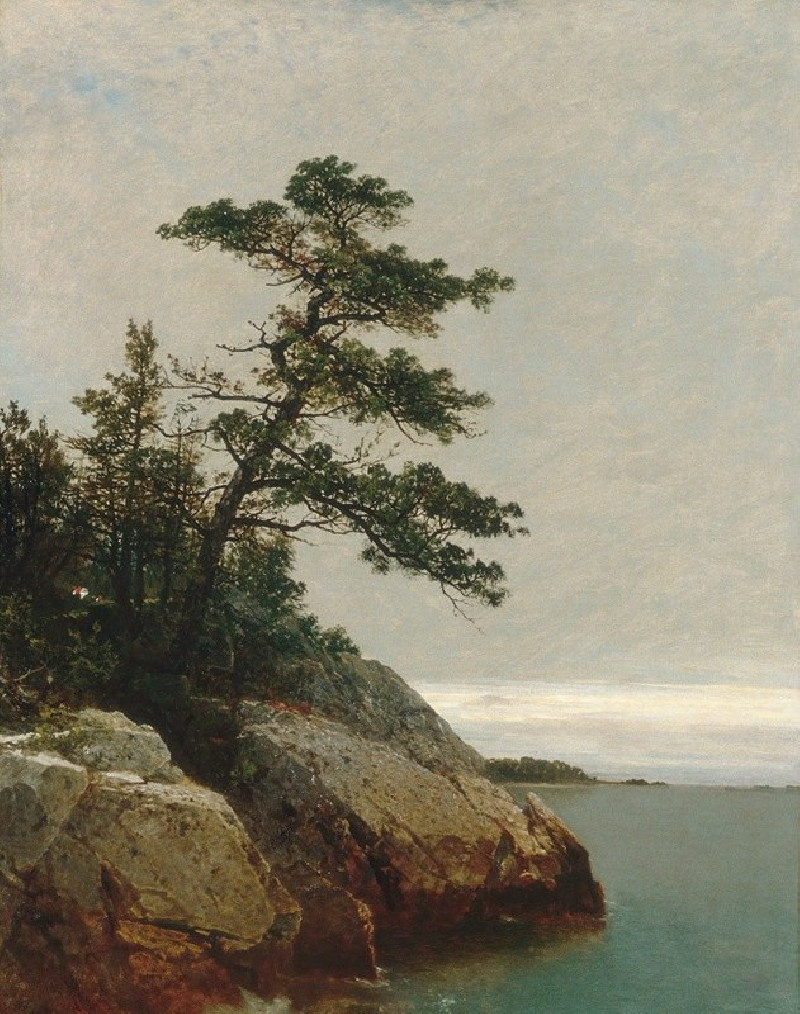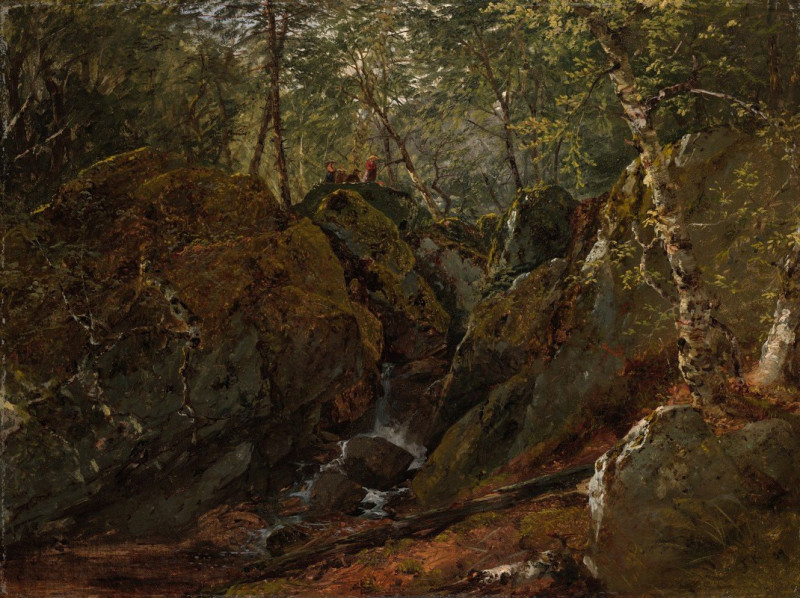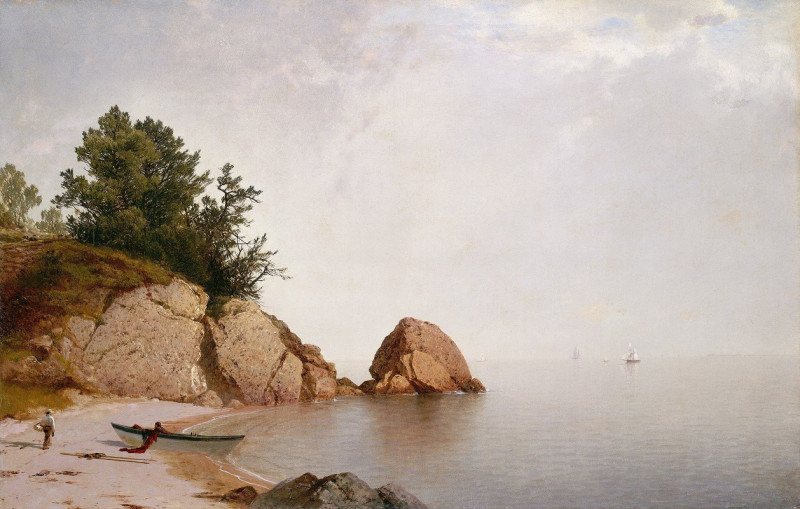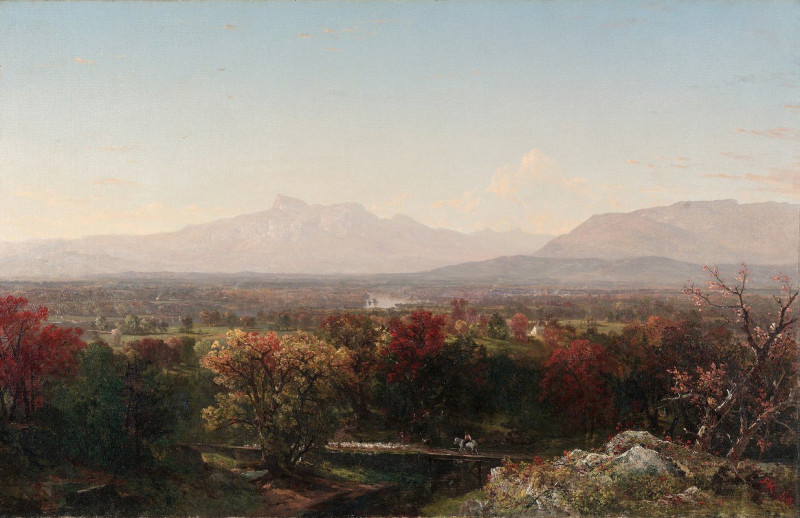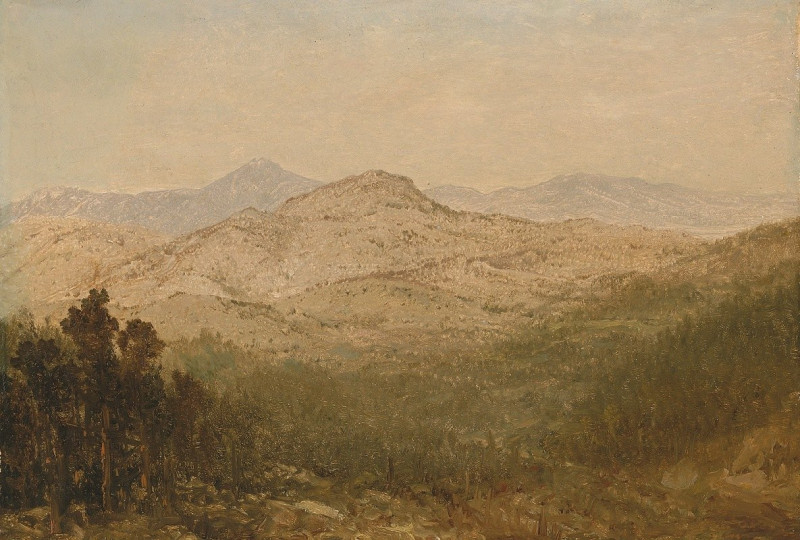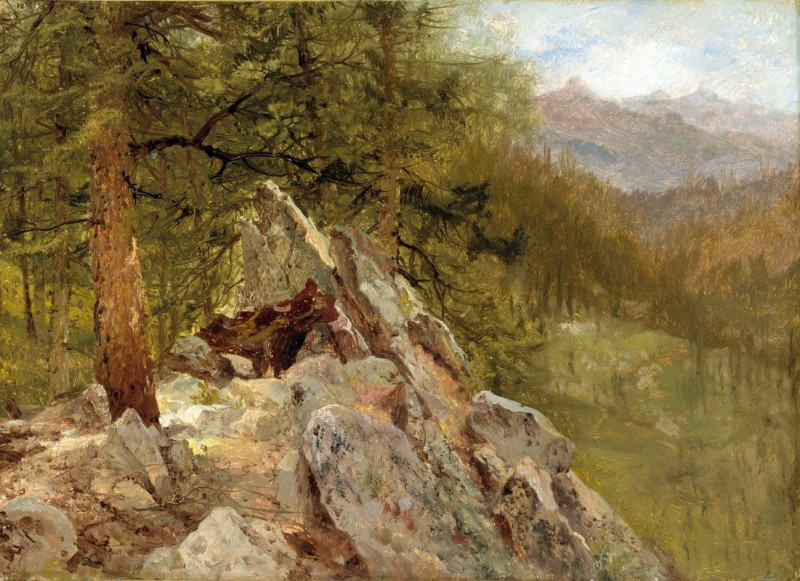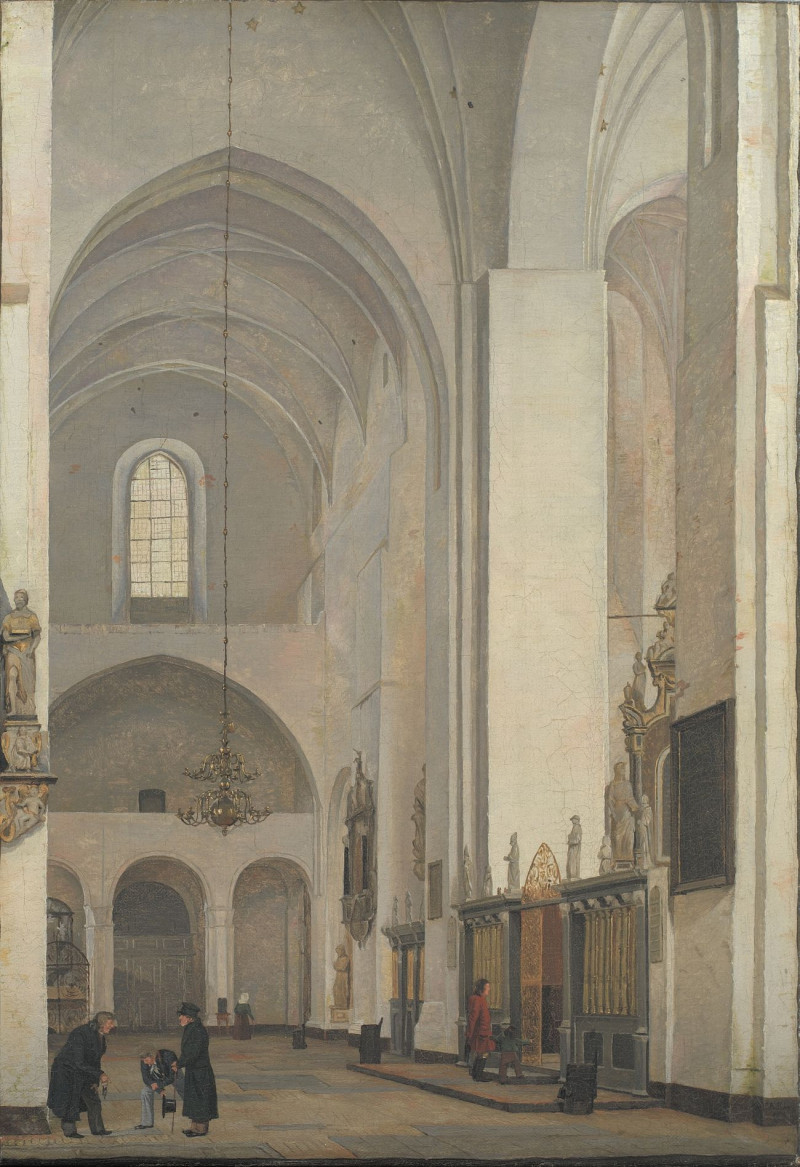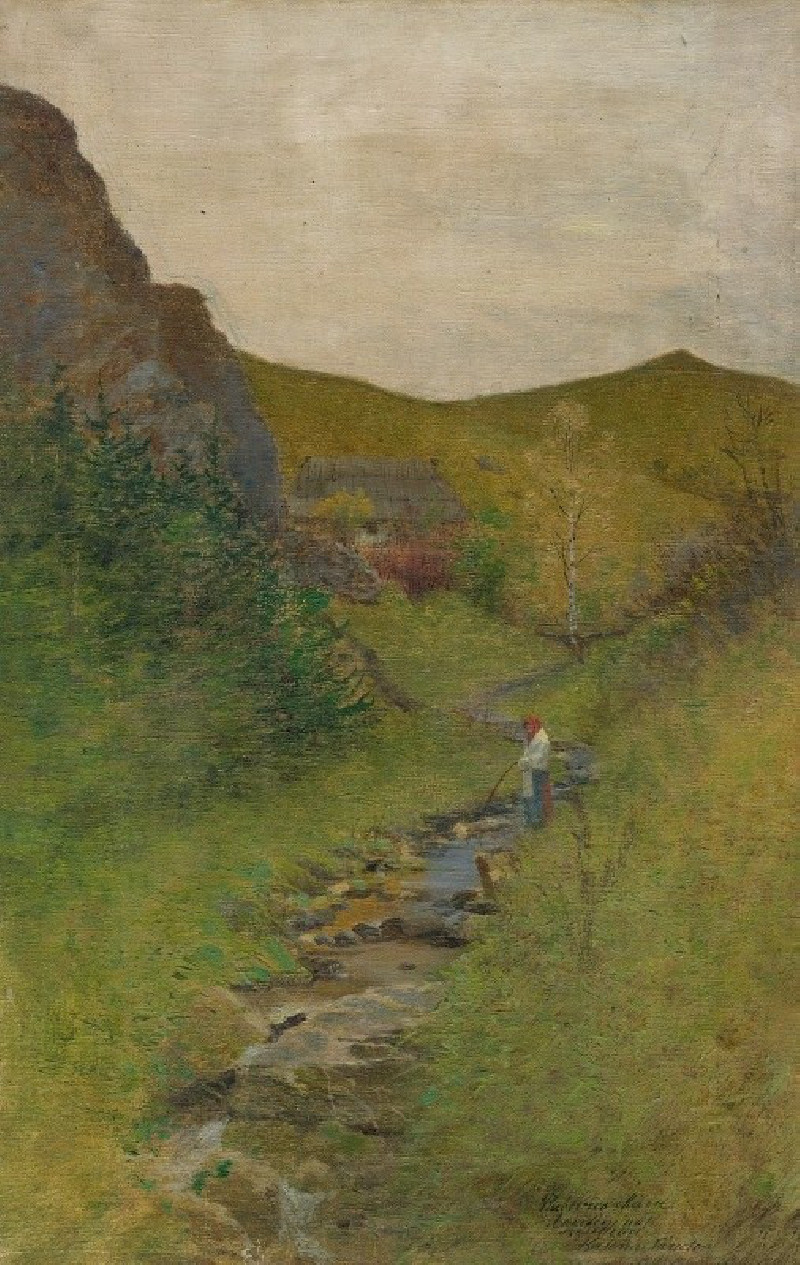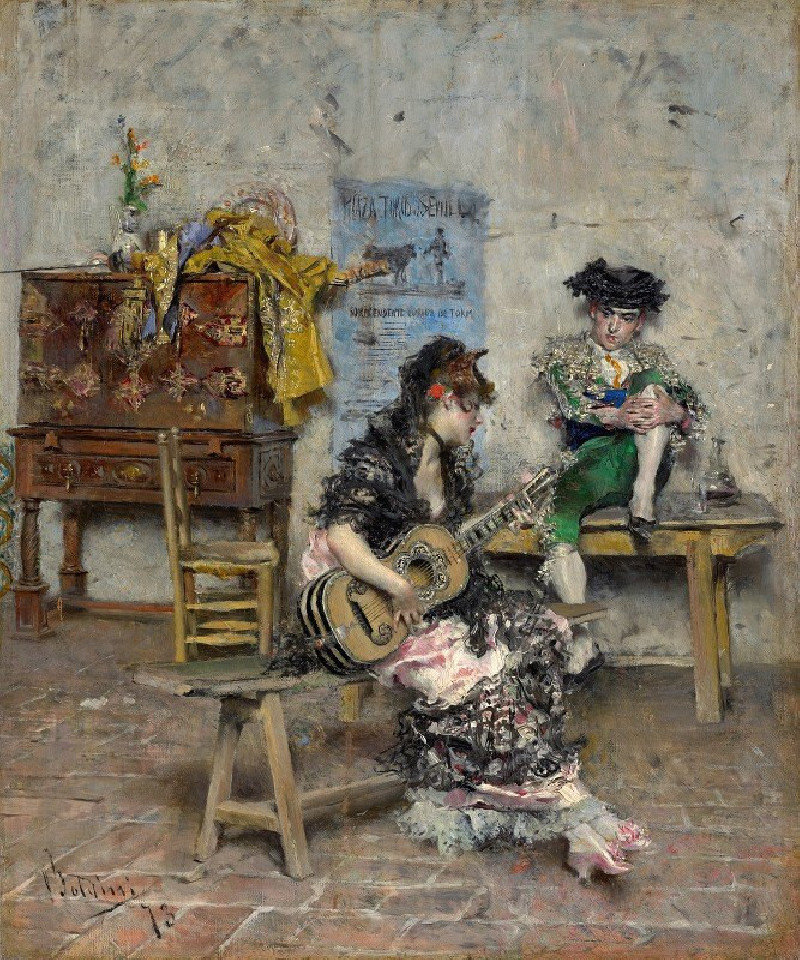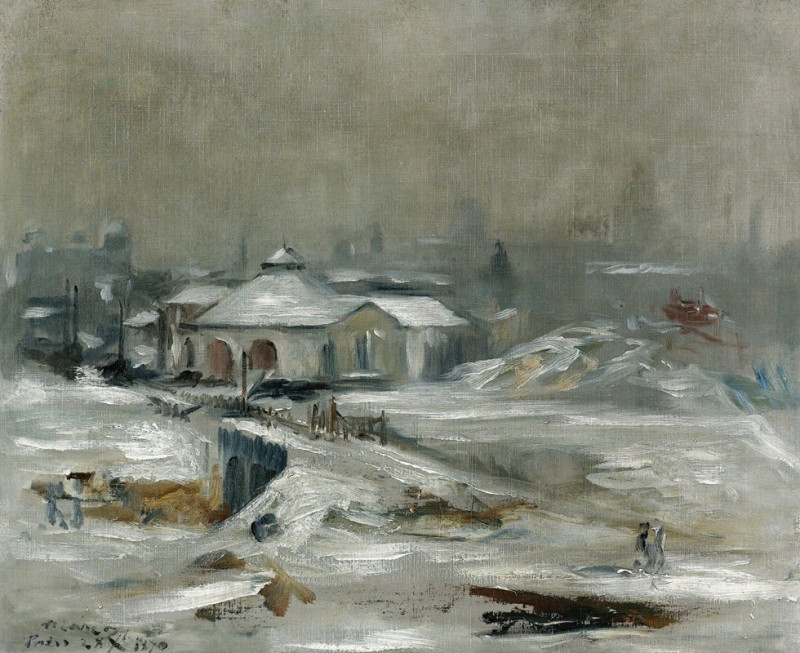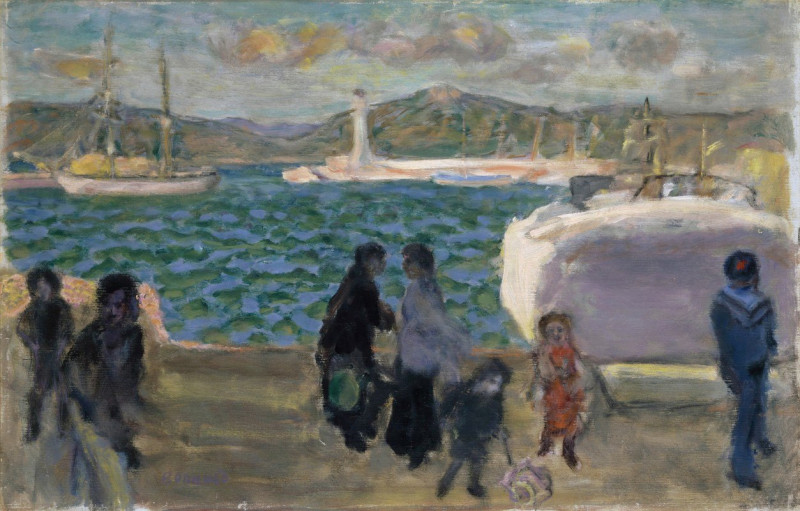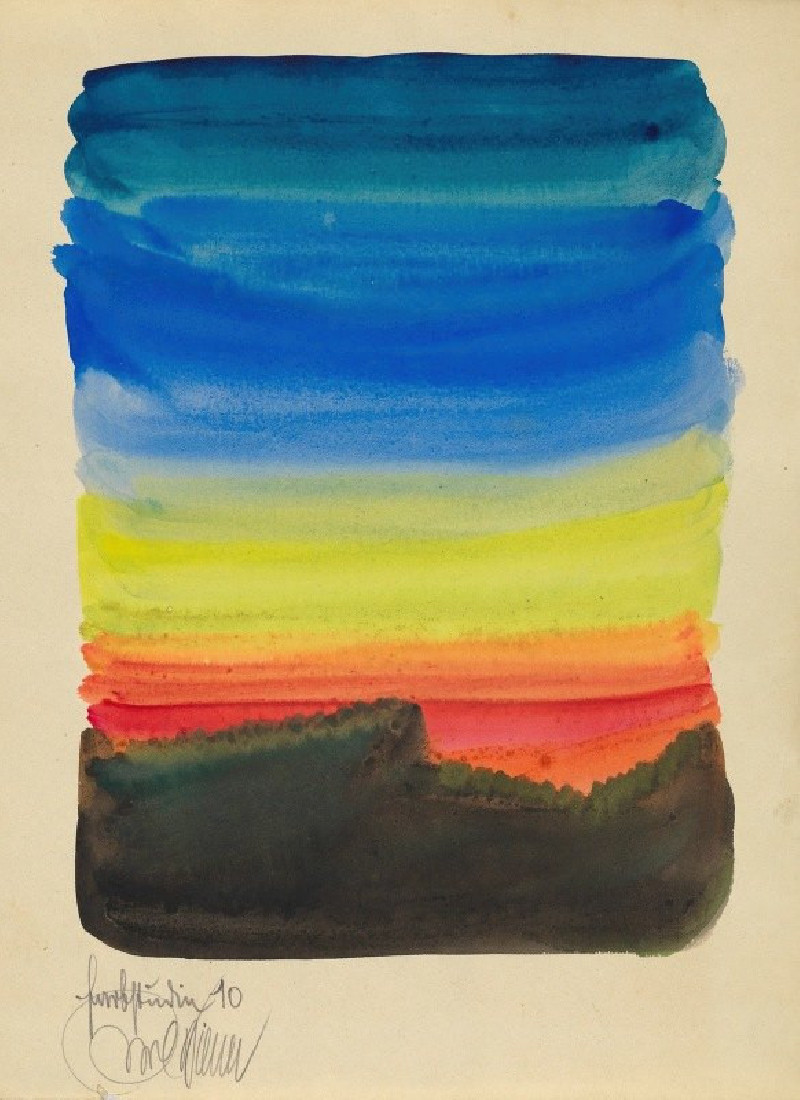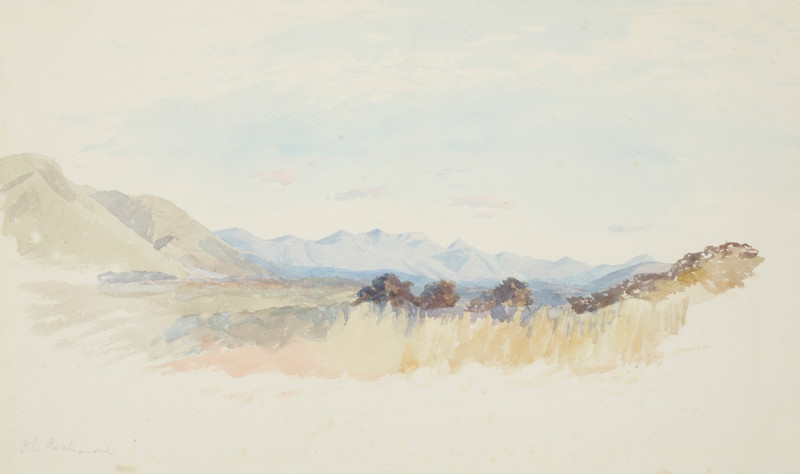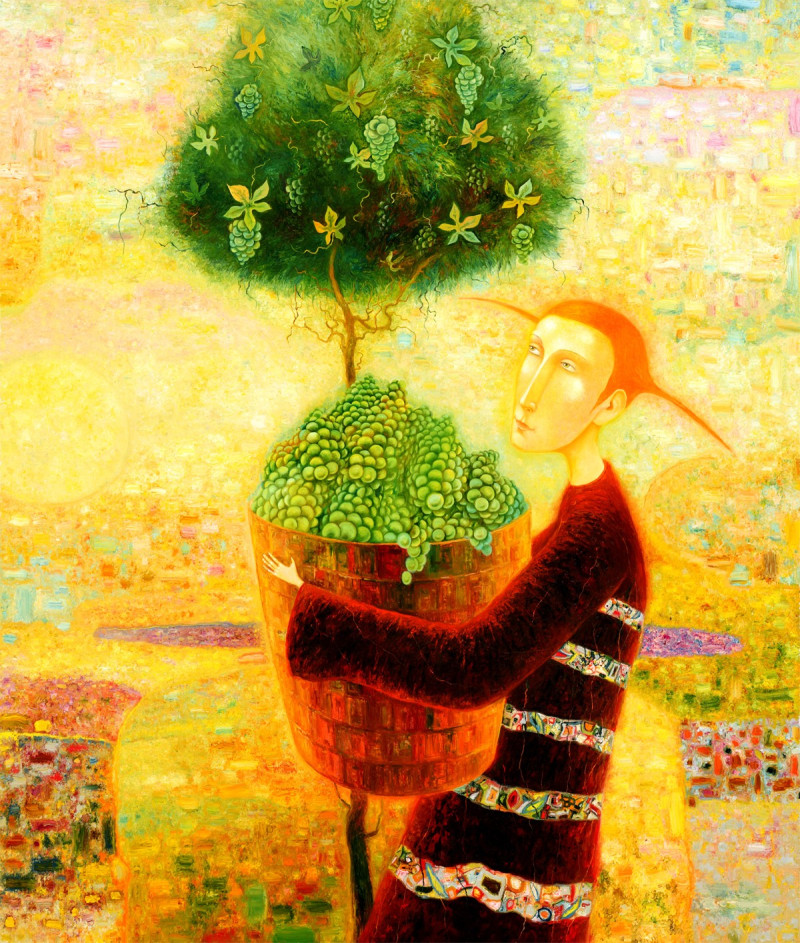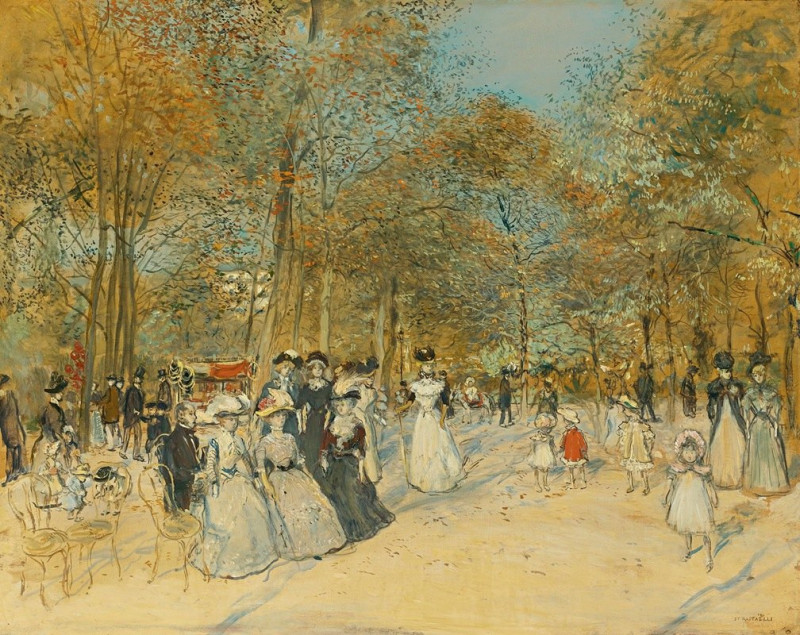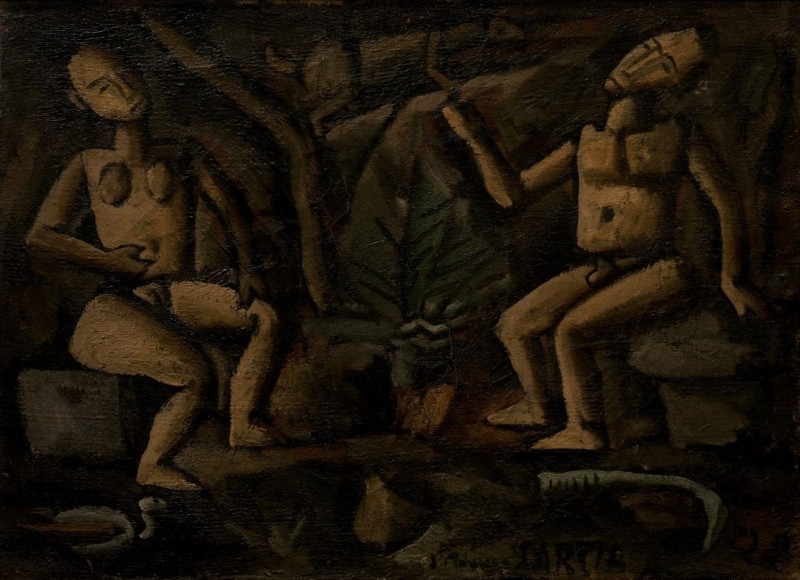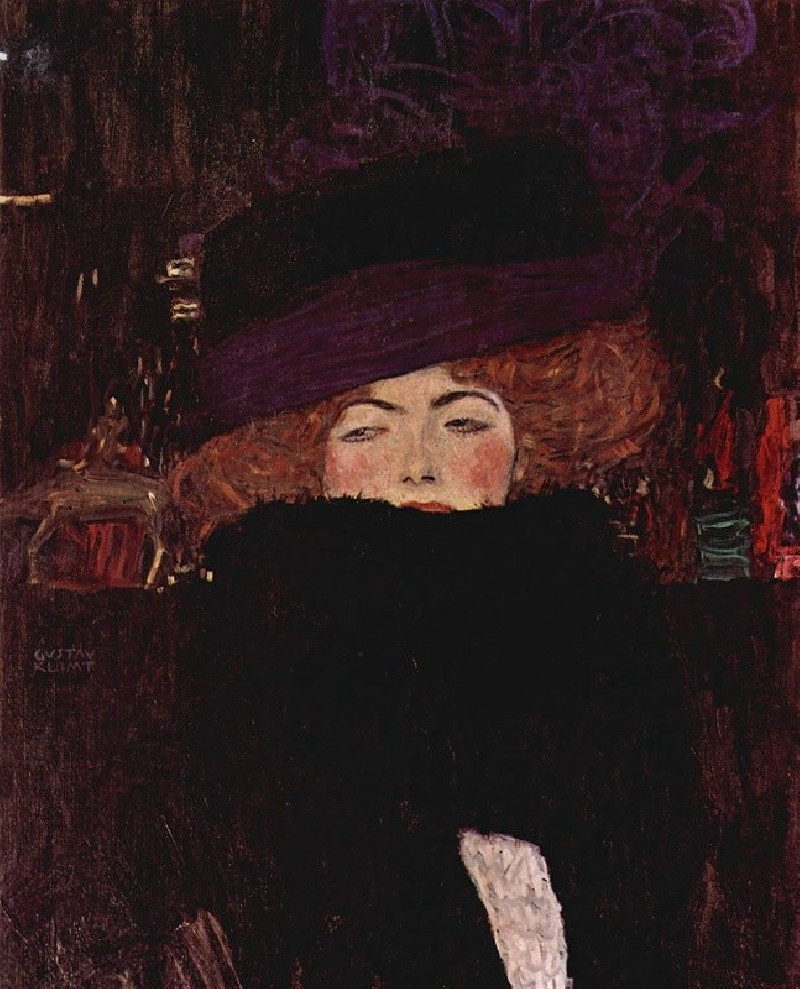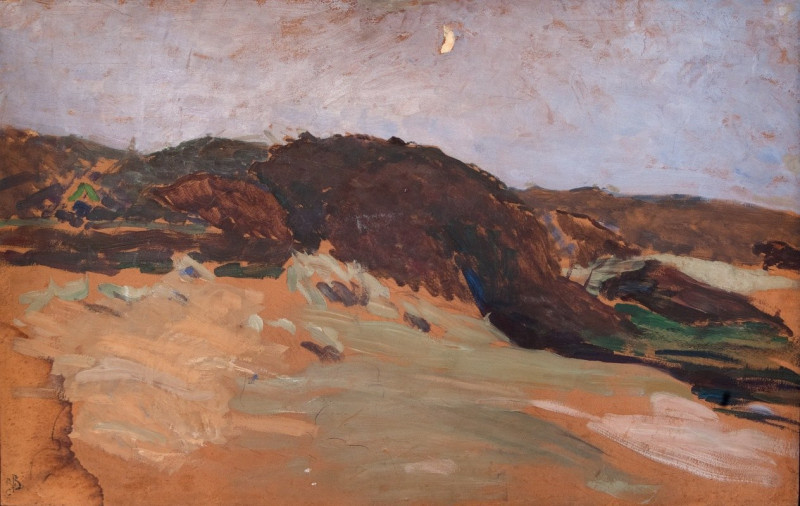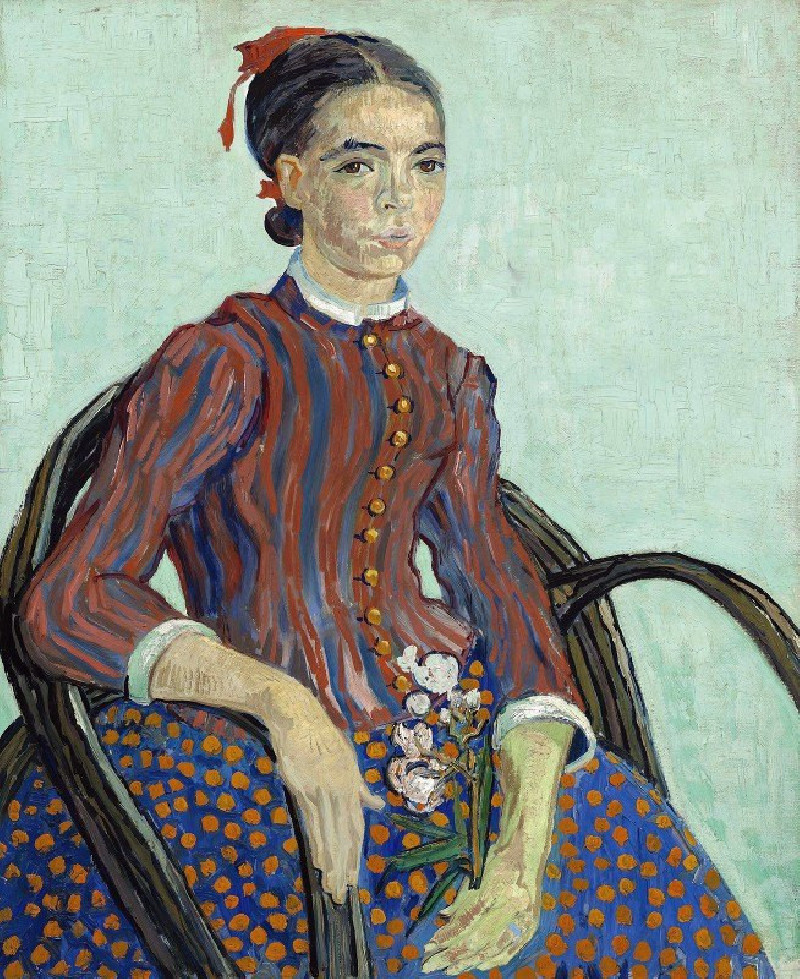Along The Hudson (1852)
Technique: Giclée quality print
Recommended by our customers
More about this artwork
"Along The Hudson" (1852) by John Frederick Kensett is a breathtaking painting that captures the serene and majestic landscape of the Hudson River Valley. This work embodies the essence of the American Luminist movement, characterized by a meticulous attention to light and atmosphere.Kensett’s composition draws the viewer’s eye through a series of beautifully rendered natural elements. On the left, craggy, textured rocks and verdant trees frame the scene. These foreground elements contrast sharply with the soft, ethereal quality of the distant mountains bathed in a gentle light, showcasing Kensett's skill in conveying depth. The tranquil waters of the Hudson River meander through the middle of the painting, reflecting the sky and flanked by hazy, rolling hills in the background, conveying a sense of peaceful expansiveness.Above, the sky is clear, save for wisps of clouds, and the scene is animated by the presence of a few birds in flight, adding a lifelike quality to the landscape. Noticeably, two figures, tiny in comparison to the vast landscape, can be observed on a rock ledge on the right. They seem to be in contemplation or conversation, providing a subtle human element that invites viewers to imagine themselves in the scene, absorbing the natural beauty."Along The Hudson" is a testament to Johns Frederick Kensett's mastery in capturing the sublime power of nature, rendering it with a tranquility that invites the viewer to pause and reflect on the interconnectedness of sky, land, and water.
Delivery
Returns
John Frederick Kensett was an American landscape painter and engraver born in Cheshire, Connecticut. A member of the second generation of the Hudson River School of artists, Kensett's signature works are landscape paintings of New England and New York State, whose clear light and serene surfaces celebrate transcendental qualities of nature, and are associated with Luminism. Kensett's early work owed much to the influence of Thomas Cole, but was from the outset distinguished by a preference for cooler colors and an interest in less dramatic topography, favoring restraint in both palette and composition.


